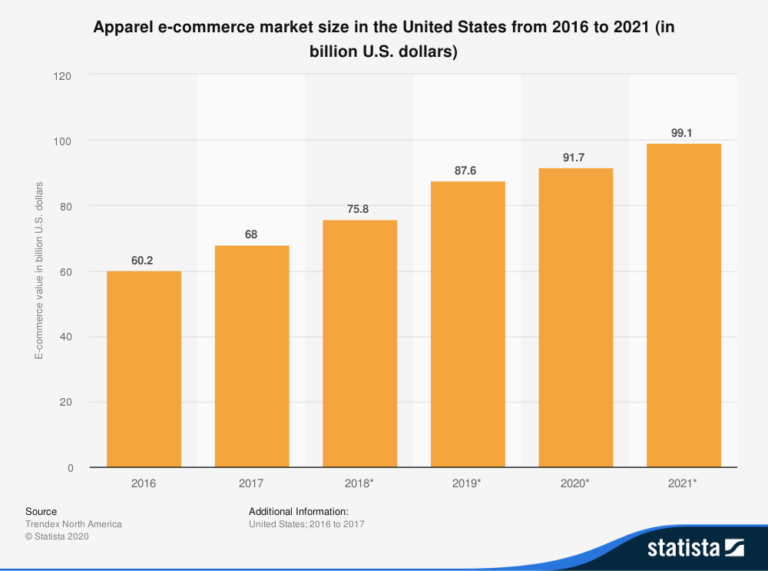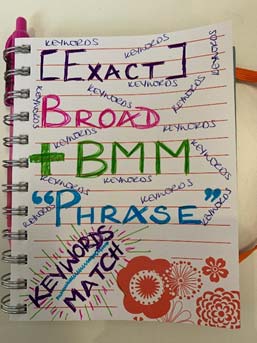When you are investing in digital marketing (or any marketing) to attract new customers or retain the ones you have, do you stop to think about customer lifetime value (CLV)? Say you’re running an SEO campaign to drive new visitors to your website, or nurturing a following on social media to publicise your brand, what is the true value you are adding to the business?

It is a question that has plagued marketers since the dawn of marketing. Although we can never entirely know the answer there are some calculations, like customer lifetime value, that take us that much closer to the truth…
What is customer lifetime value?
Customer lifetime value is the projected total value a customer will generate during their lifetime. There are many different ways to calculate customer lifetime value dependant on the data which is available to you. Some look at the total gross profit the consumer will generate over time, or the revenue. For the example in this blog post we will be looking at customer lifetime value based on net profit. This is the most conservative calculation as the numbers aren’t as large as if the CLV was based on revenue, but it more accurately depicts the actual value of the customer. CLV can be a confusing calculation even for seasoned marketing professionals, so to illustrate we are going to give an example, looking at the net profit a consumer generated over their lifetime for a fashion eCommerce website.
Why calculate customer lifetime value?
Calculating customer lifetime value is important because once you have an idea of what your customer is really worth over time, you will have a better idea of how much you can afford to spend to win that customer. In the following example CLV is used to identify the cost per acquisition per customer which ultimately can help to define your marketing budget (more on this later).
A fashion eCommerce example: Finding your CLV

Let’s go back to our school days with a little maths problem… eCommerce fashion retailer, Brand X has identified their average customer as Jessica. Jessica purchases 3 times a year from Brand X’s website. She spends on average £50 every time she buys from Brand X. Brand X has a customer retention rate of around 50%. Although Brand X doesn’t have enough data to truly know how long customers may stay with them, based on the demographic of Brand X’s target audience they have estimated the average length of customer lifecycle at 5 years long.
- What is Jessica worth to Brand X?
- How much should Brand X spend to attract new customers?
How to calculate customer lifetime value
The above example has everything we need to estimate customer lifetime value:
- Average order value = £50
- For this example we are using a typical net profit from the fashion industry at 10%
- Average customer retention rate = 50%
- Average purchase frequency = 3 times per year
- Average length of customer lifecycle = 5 years
Here is the equation for customer lifetime value with letters to symbolise the different values in correlation with the above bullet points: (A X B X C)*(D X E) = £CLV With the figures from the example this equation looks like:
Customer Lifetime Value = (£50 x 10% x 50%)*(3 purchases per year x 5 years) = £37.50
Tip 1: When calculating CLV, an alternative if you don’t have a percentage button is to use the decimal figures. E.g 10% would be shown as 0.10.
How to calculate target cost per acquisition
Now based on this calculation, if Brand X wants a 2:1 return on marketing spend, they would have a cost per acquisition (CPA) of £18.75, £37.50 divided by 2. If a return on marketing spend of 3:1 was wanted then divide the CLV by 3 and so on. In this example, the target cost per acquisition is £18.75. This means that Brand X want to spend £18.75 to attract each new customer.
What’s next after customer lifetime value?
Now that you have the average customer lifetime value and target cost per acquisition, the next step is how to use CLV to calculate marketing budget to meet revenue targets.
Thanks for reading
If you’re interested in increasing new customer acquisition through digital marketing channels, get in touch for a free digital marketing analysis and revenue forecast.






